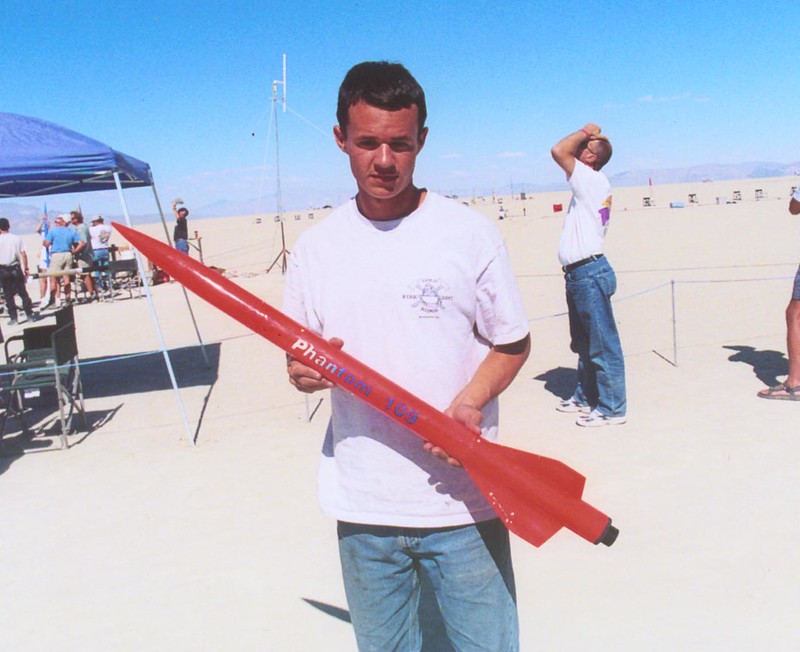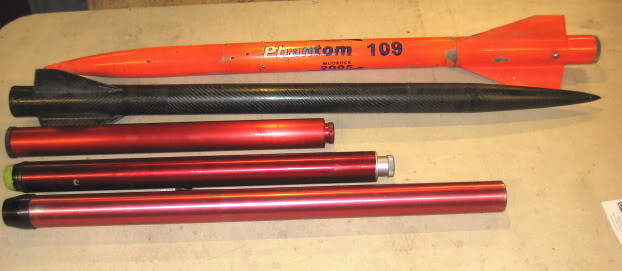- Joined
- Jan 19, 2019
- Messages
- 504
- Reaction score
- 64
Merry Christmas. I have built a few HPR kits in the past and modified a fiberglass kit I purchased used. They are large and fly fairly slow. I have a few questions about fiberglassing as I have never done that for possible future kits I may purchase.
How do know when it is necessary to fiberglass? Is it only when flying over Mach? Are the rules the same for fiberglassing with a paper tubes versus fiberglass? How do you know if glassing the fins only is enough or tubes need it as well? Thanks for the tips.
How do know when it is necessary to fiberglass? Is it only when flying over Mach? Are the rules the same for fiberglassing with a paper tubes versus fiberglass? How do you know if glassing the fins only is enough or tubes need it as well? Thanks for the tips.








